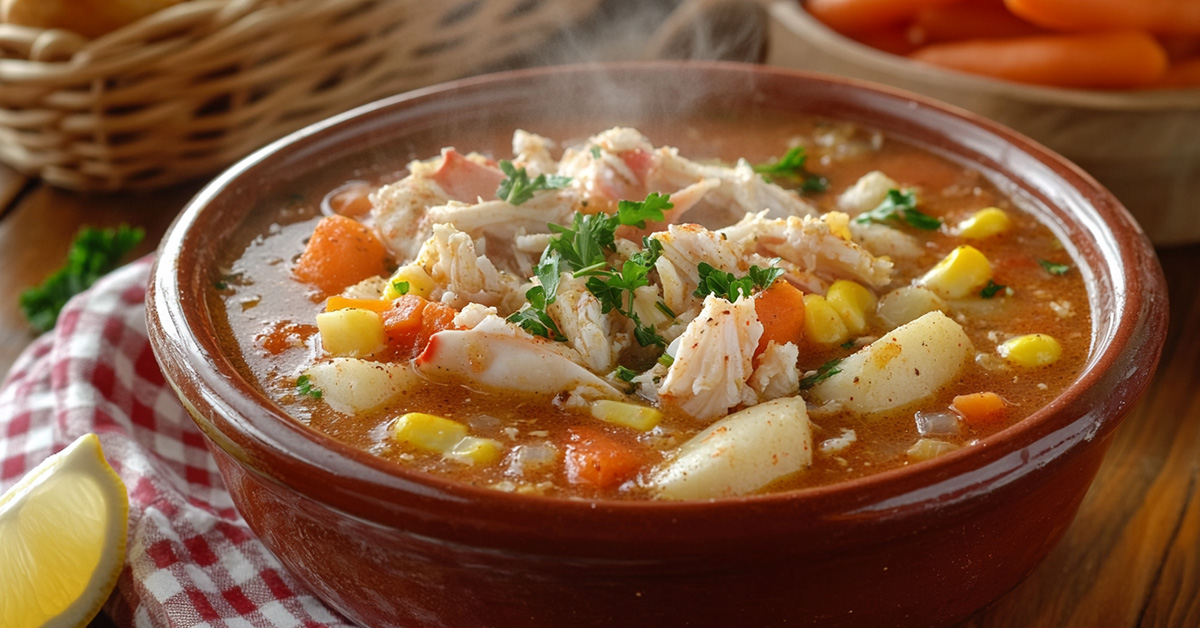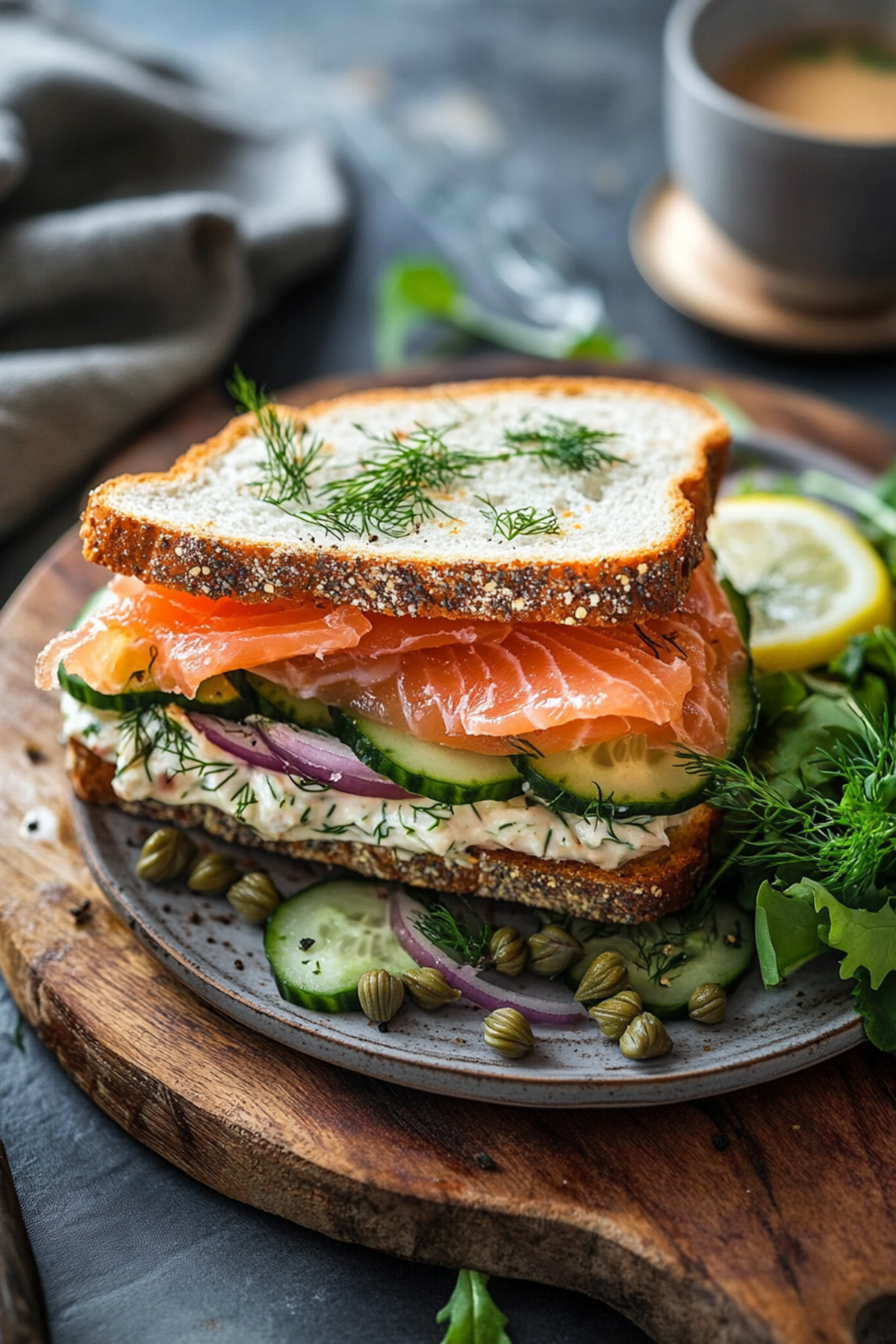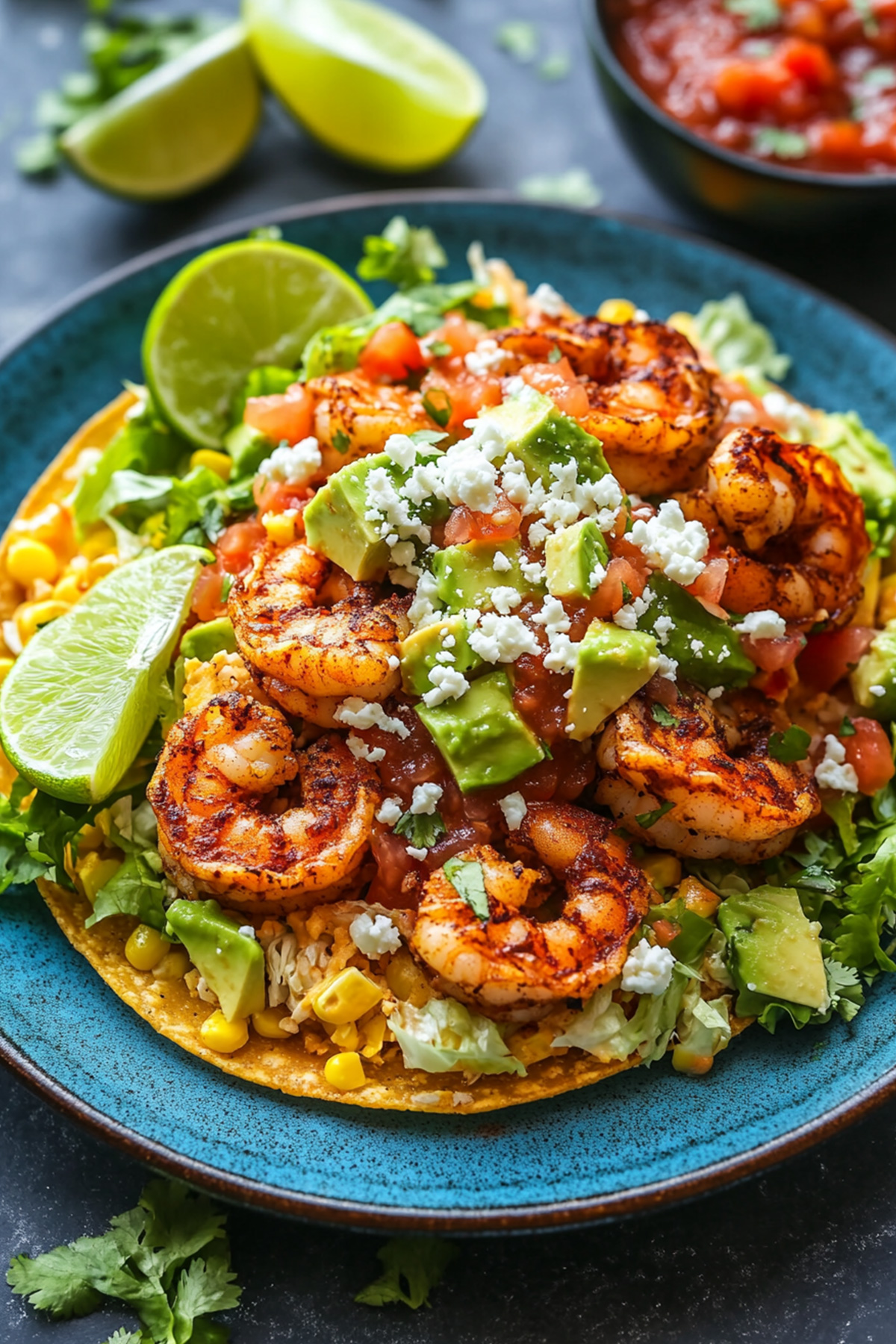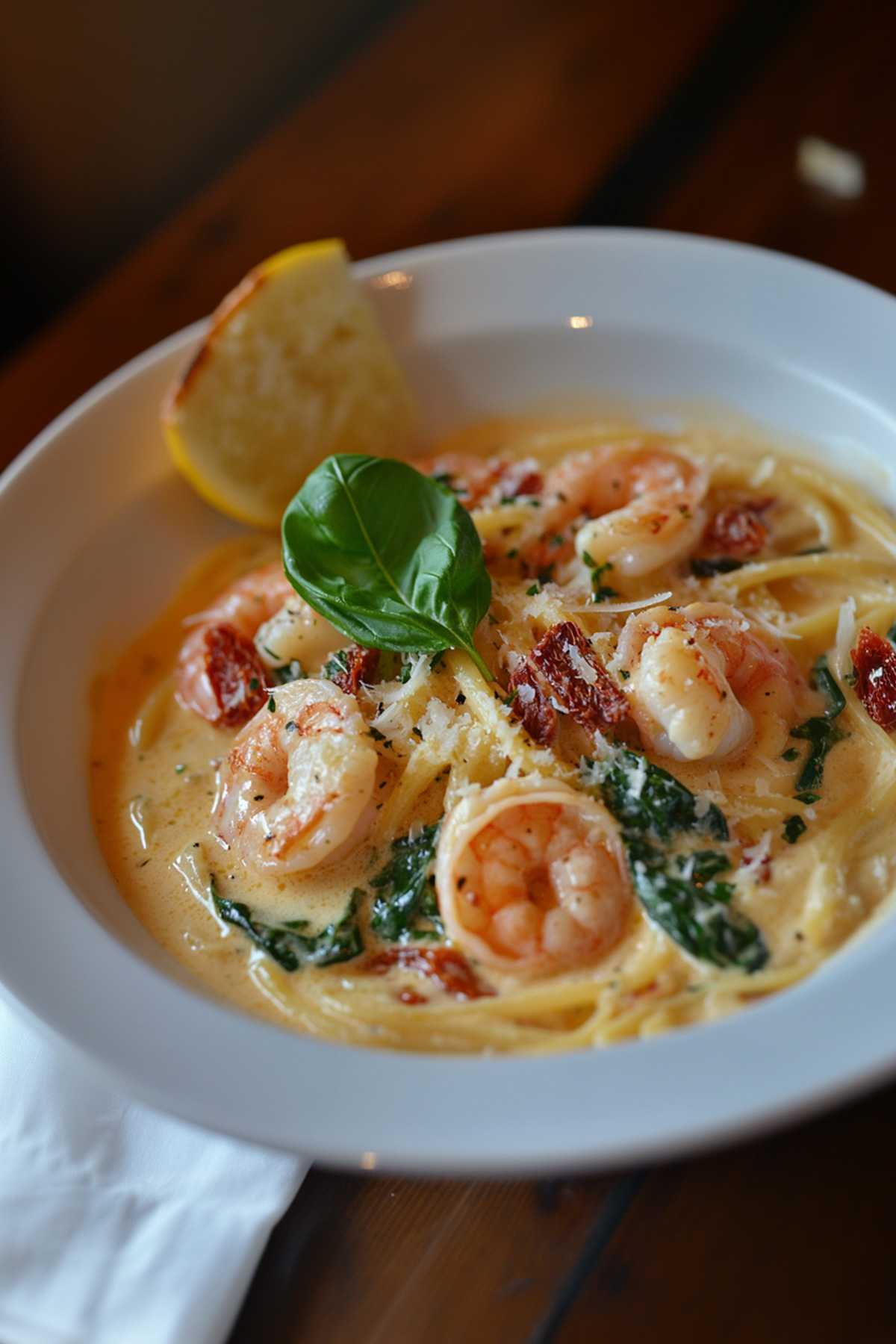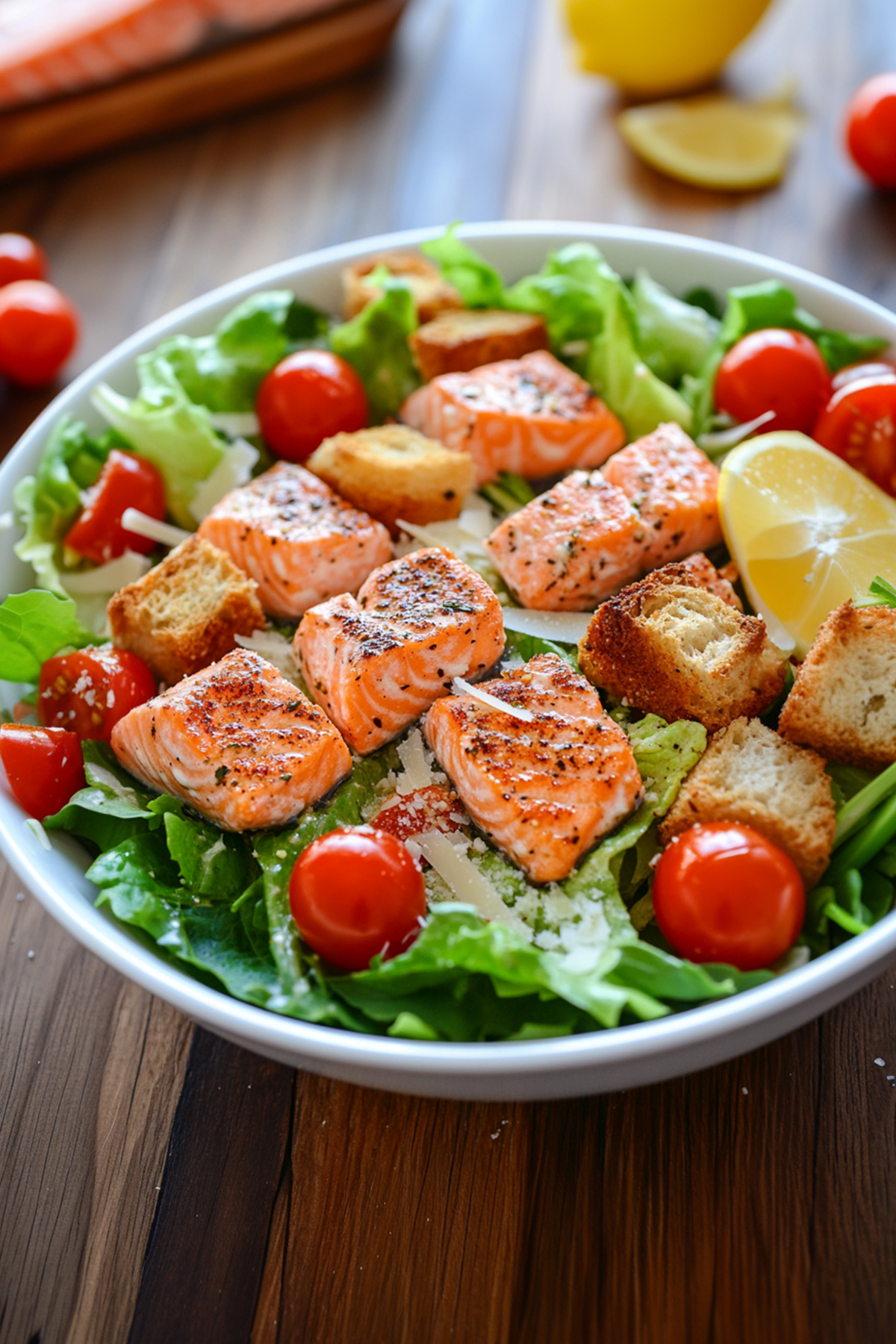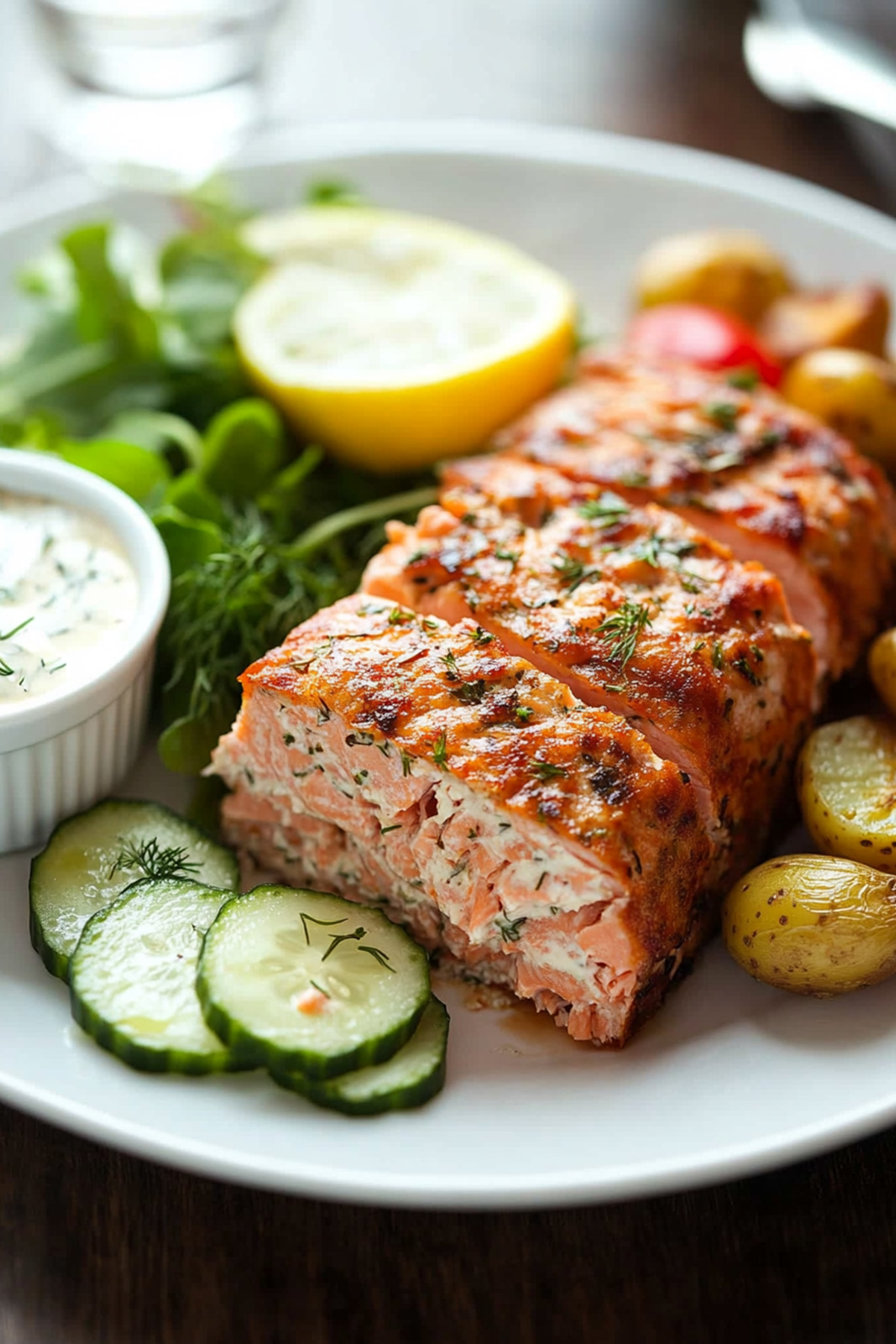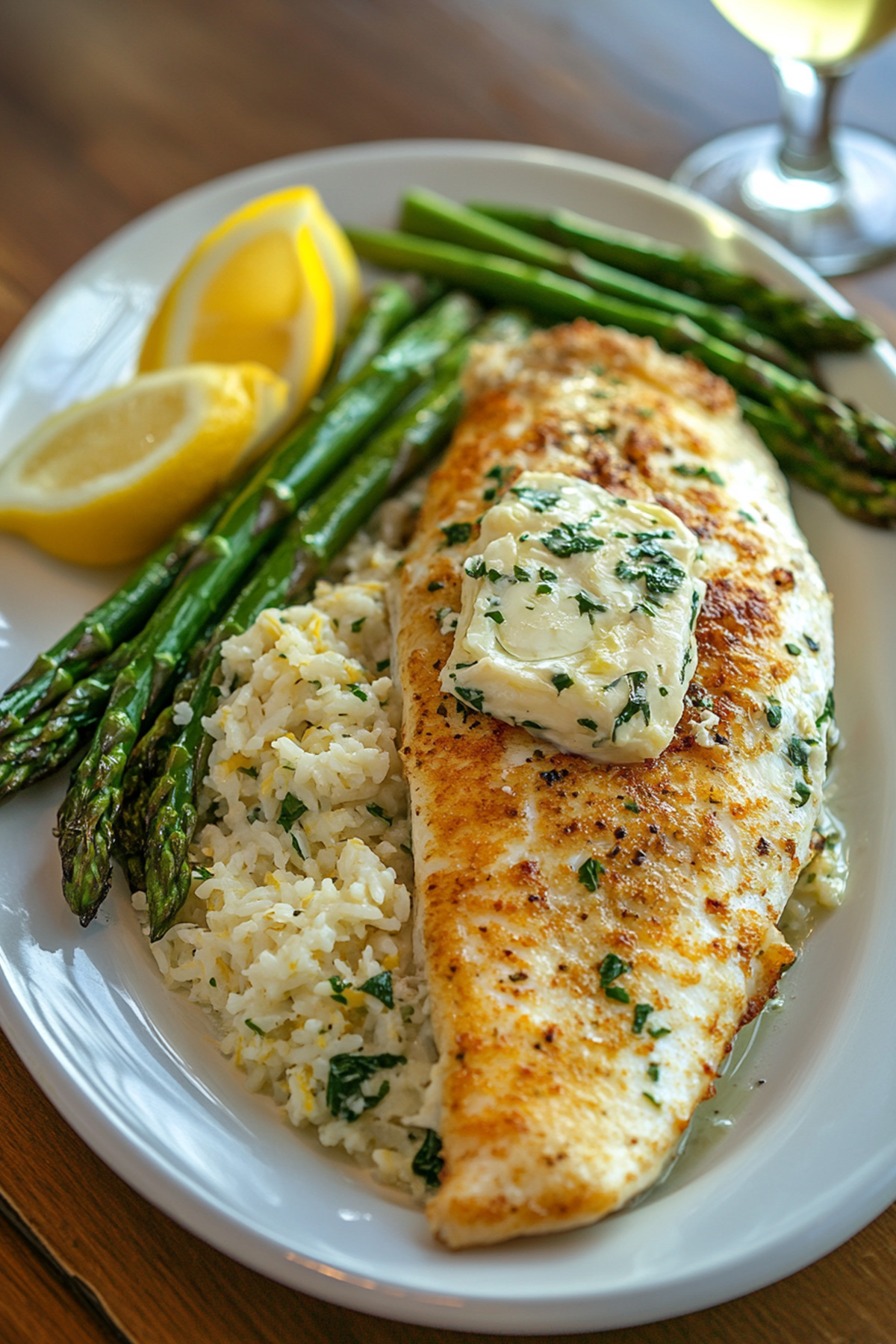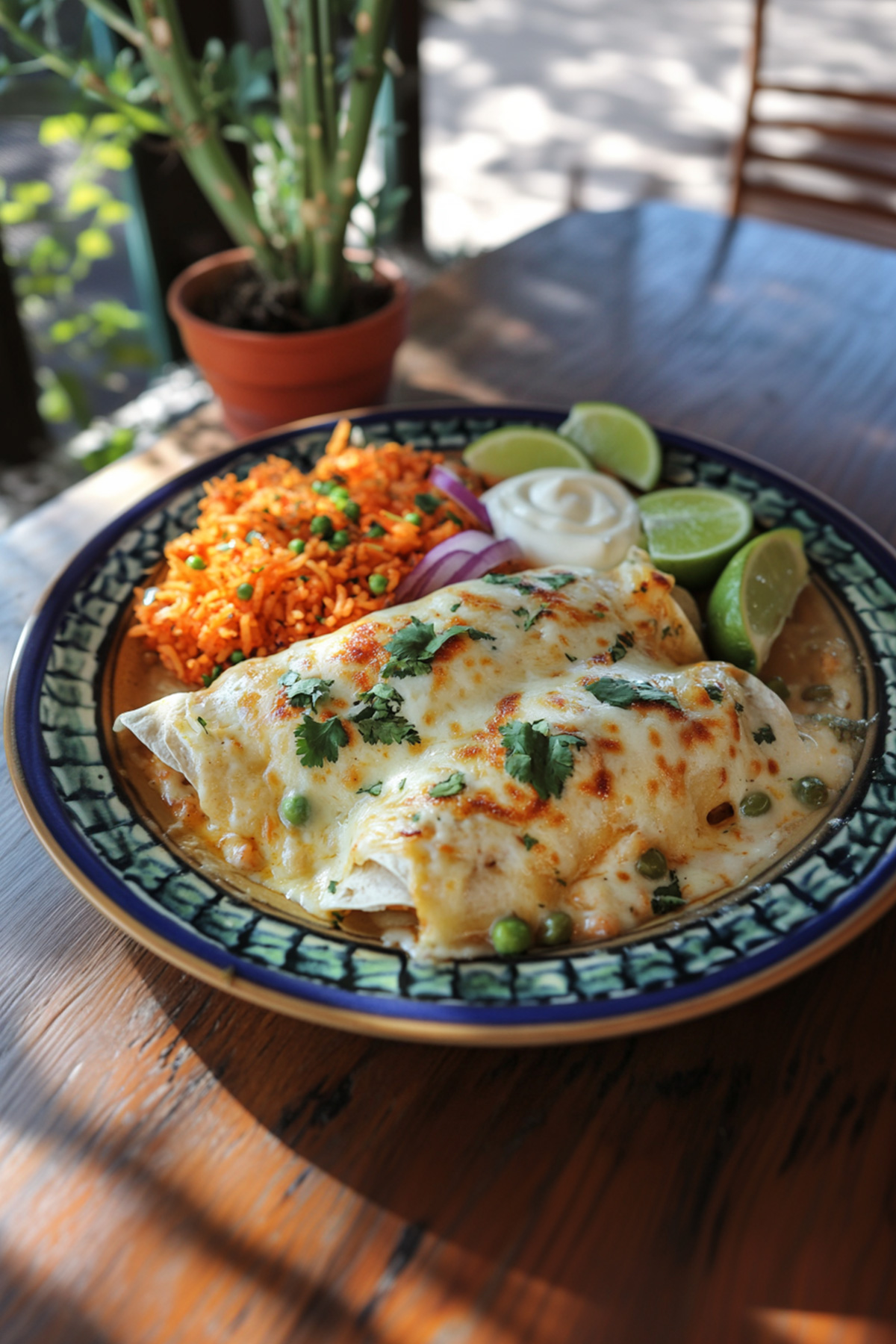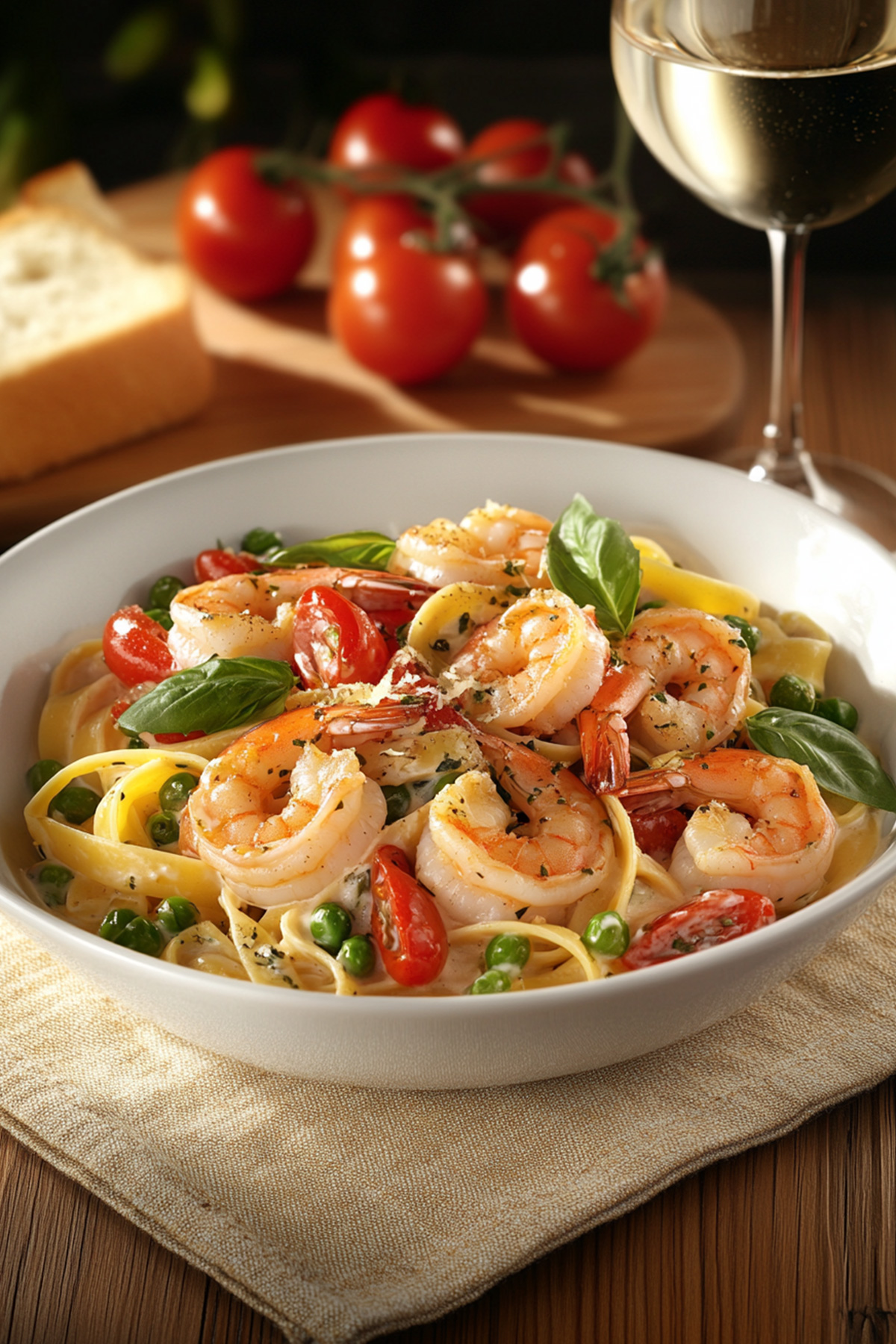Disclosure: As an Amazon Associate and participant in other affiliate programs, we earn from qualifying purchases. We only recommend products we believe will provide value to our readers.
Maryland crab soup packs 18 grams of protein in each serving and contains just 165 calories per bowl. The Chesapeake Bay’s signature dish blends sweet blue crab meat with the iconic Old Bay seasoning to create something truly special.
The hearty recipe starts with a rich beef broth base that perfectly complements jumbo lump blue crab meat. A colorful mix of vegetables like corn, lima beans, and green beans adds texture and flavor. The soup’s robust flavors come from traditional ingredients like Worcestershire sauce and dry mustard, making it a beloved local favorite.
This classic Maryland dish has a rich heritage worth exploring. The recipe is easy to follow and comes with helpful serving suggestions and nutritional benefits. The versatile soup serves up to 10 people and makes a perfect choice for family gatherings or anyone wanting to experience authentic Chesapeake Bay cuisine.
Table of Contents
The History of Maryland Crab Soup
Maryland crab soup’s story begins with the rich blue crab population in the Chesapeake Bay region. Local families have passed their cherished recipes down through generations, and each family added their own unique touches to this beloved dish.
The soup started as a practical solution to use every part of the blue crab harvest. The region’s watermen and their families created hearty, vegetable-filled soups that fed large groups while maximizing their precious catch. Working-class families in the Chesapeake region discovered this resourceful way of combining fresh vegetables with crab meat.
Maryland crab soup’s development showcases the region’s farming heritage beautifully. The natural exchange between farmers and watermen led to the signature blend of land and sea ingredients. Fresh vegetables paired with blue crab meat created a nutritious meal that kept families going through long workdays.
The soup’s preparation methods improved as cooking techniques advanced over time. Traditional recipes began featuring more refined seasonings, especially the signature blend now known as Old Bay. Restaurants across Maryland adopted the soup, and its popularity grew beyond the bay’s shoreline quickly.
A clear, tomato-based broth makes the biggest difference between Maryland crab soup and cream-based varieties. This lighter preparation highlights the blue crab meat’s natural sweetness while enhancing the vegetable medley perfectly. The recipe’s lasting success comes from its balanced flavors and textures.
Today’s versions of Maryland crab soup keep its essential elements while adapting to modern tastes. Chefs and home cooks honor the traditional methods because they understand the soup’s simple nature drives its lasting appeal. This recipe stands as proof of the Chesapeake Bay’s early settlers’ resourcefulness and cooking wisdom.
You may like: Boiled Lobster Recipe
Chesapeake Bay Cuisine and Its Influence
The Chesapeake Bay region has become a culinary powerhouse that shapes American seafood traditions way beyond its reach and influence. Distinctive flavors emerge from the brackish waters of the bay that have defined Mid-Atlantic cooking for generations.
This region’s cuisine goes beyond maryland crab soup to include an array of seafood preparations. Oysters, rockfish, and various fish species harvested by local watermen create a diverse menu that changes with the seasons. Blue crabs hit their peak during summer months. Waterfront restaurants showcase everything from steamed crabs to crab cakes.
The bay’s culinary influence runs deep into cooking techniques that have become synonymous with Mid-Atlantic seafood preparation. Steam pots, crab mallets, and specialized seasoning blends are more than just cooking tools. These cultural artifacts tell the story of generations of watermen and their families.
The region’s agricultural bounty plays an equally important role in shaping its cuisine. Sweet corn, tomatoes, and lima beans often appear next to seafood dishes, creating a perfect marriage of land and sea. This partnership between farmers and watermen has led to unique recipes that showcase the best of both worlds.
Chesapeake Bay cuisine stands out because of its emphasis on simplicity and respect for ingredients. Traditional preparation methods focus on enhancing natural flavors instead of masking them. Local chefs honor these techniques while creating modern interpretations.
American home kitchens have embraced Chesapeake Bay cooking. Crab soup recipes and seafood preparations have found their way into family cookbooks. The region’s straightforward cooking style has influenced how Americans prepare seafood, with an emphasis on fresh ingredients and simple methods.
Food sits at the heart of the bay’s cultural heritage. Community gatherings, family traditions, and seasonal celebrations bring people together. Summer crab feasts and winter oyster roasts strengthen community bonds and keep cultural traditions alive.
Read also: Crispy Baked Crab Cakes
Unique Characteristics of Maryland Crab Soup
Maryland crab soup stands out from other seafood soups in several unique ways. The soup’s clear, tomato-tinged broth creates a vibrant red color that shows its authenticity right away. The broth achieves a perfect balance – light enough to showcase individual flavors, yet rich enough to support its complex seasoning blend.
The soup’s texture makes it special too. Each chunk of vegetable keeps its distinct character while blending perfectly with tender crab meat pieces. These vegetables aren’t just fillers – they’re key ingredients that add both substance and depth to the dish.
A remarkable quality of authentic Maryland crab soup is its serving temperature flexibility. The soup tastes just as good piping hot on cold days or slightly cooled when it’s warm outside. As the soup sits, its flavors become even richer, which makes it perfect to prepare ahead for gatherings.
The seasoning mix used in crab soup recipes throughout Maryland reflects local priorities, though some elements stay consistent. The signature spice blend typically has a careful mix of celery salt, paprika, and black pepper. This creates a distinctive taste that anyone familiar with Chesapeake Bay cooking would recognize instantly.
The soup’s seasonal adaptability makes it special. Spring versions feature tender asparagus tips, while summer brings fresh corn and tomatoes. Root vegetables dominate fall and winter versions, showing how versatile this recipe can be year-round.
Maryland crab soup is different from other seafood soups in how it balances crab meat and vegetables. Unlike cream-based soups that don’t use much crab, this recipe has generous amounts of blue crab. The sweet, delicate meat remains the star even with plenty of vegetables.
The cooking method itself is distinctive. Each ingredient goes into the pot at just the right time – harder vegetables first, followed by delicate ones, with crab meat added last to keep its texture and flavor perfect. This careful approach creates a well-balanced bowl where everything keeps its character while contributing to the overall taste.
Read also: Smoked Crab Recipe
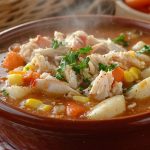
Maryland Crab Soup
- Total Time: 60 minutes
- Yield: 10 servings 1x
Description
This authentic Maryland crab soup recipe brings the Chesapeake Bay’s flavors right to your kitchen. The recipe combines fresh vegetables with succulent blue crab meat in a perfectly seasoned broth.
Sweet blue crab meat blends with a strong tomato-based broth in this hearty soup. Old Bay seasoning and garden vegetables create a delicious medley that’s perfect for family gatherings or meal prep.
Ingredients
- 1 pound jumbo lump blue crab meat
- 3 cups beef broth
- 2 cups chicken stock
- 1 can (28-ounce) crushed tomatoes
- 3–4 tablespoons Old Bay seasoning
- 4 tablespoons Worcestershire sauce
- 2 tablespoons dry mustard
- 1 cup each:
- Carrots (sliced)
- Potatoes (diced)
- Lima beans
- Sweet corn
- Green beans
- 1/2 cup diced onion
- Fresh parsley for garnish
Instructions
- Prepare the Base: Boil chicken and beef stock in a Dutch oven to heat everything evenly.
- Add Vegetables: Add all vegetables except the crab meat. Let the mixture return to a simmer over medium heat.
- Season and Simmer: Mix in Old Bay seasoning, Worcestershire sauce, and dry mustard. Let it simmer for about 45 minutes and stir occasionally.
- Incorporate Crab: Rinse the crab meat in a fine-mesh strainer. Add it to the soup and let it simmer for another 15-20 minutes.
Notes
- You can freeze this soup for up to 3 months.
- Mix flour and cold water to thicken the soup if needed.
- We used fresh vegetables whenever possible, especially sweet corn during summer.
- A two-hour simmer helps flavors blend perfectly, so adjust your cooking time as needed.
- Prep Time: 15 minutes
- Cook Time: 45 minutes
- Category: Soups
- Cuisine: American
Pairing and Serving Suggestions for Maryland Crab Soup
A steaming bowl of maryland crab soup creates countless possibilities for a memorable dining experience. This classic dish works perfectly for casual weeknight dinners and elegant entertaining.
Your traditional Maryland-style meal should include crusty sourdough bread or oyster crackers. The bread’s tanginess complements the soup’s rich flavors, while crackers add a satisfying crunch. Cornbread makes another great option as its subtle sweetness balances the savory broth.
Fresh chopped parsley or a light sprinkle of Old Bay seasoning just before serving can take your soup to the next level. These final touches add visual appeal and extra flavor complexity. A lemon wedge lets guests adjust their portion’s brightness to taste.
Wine lovers might enjoy this soup with a crisp Pinot Grigio or unoaked Chardonnay. The wine’s acidity cuts through the crab’s richness and complements the vegetable medley. Beer enthusiasts should try a light lager or pilsner that won’t overpower the soup’s delicate flavors.
Weather conditions can guide your serving temperature. Cold evenings call for piping hot soup in warmed bowls. Summer months are perfect for serving it slightly cooler, which lets the vegetables and crab’s individual flavors shine through.
Large gatherings benefit from a garnish station setup. Bowls of extra crab meat, finely diced onions, or additional vegetables let guests personalize their portions. This hands-on element adds a fun touch to everyone’s dining experience.
The soup’s quality depends on proper storage. Airtight containers in the refrigerator work best if you’re making it ahead. Gentle reheating over medium-low heat preserves both the vegetables and crab meat’s texture.
Formal dinners work best with smaller portions as a starter course. This helps guests enjoy the flavors without getting too full before the main course. Casual meals can feature larger portions paired with a fresh green salad for a satisfying main dish.
Presentation makes a big difference in the dining experience. White bowls showcase the soup’s vibrant color beautifully. Traditional Maryland-themed serving ware adds an authentic touch. Fresh herbs create an appealing contrast against the rich, red broth.
Health Benefits of Maryland Crab Soup
Maryland crab soup offers more than just great taste. This powerhouse dish keeps people fed with essential nutrients that support overall wellness. Blue crab meat’s lean protein and vitamin-rich vegetables arrange perfectly with balanced dietary goals.
Blue crab meat provides high-quality protein that your body needs for muscle maintenance and repair. Your blood sugar levels stay steady with this protein content, which makes this soup an excellent choice for lasting energy throughout the day.
A diverse mix of vegetables delivers impressive vitamins and minerals. Beta-carotene from carrots benefits eye health and provides antioxidants to curb free radicals. Vitamin K and fiber from green beans support bone health and digestive function.
The tomato-based broth contains lycopene, a powerful antioxidant that promotes heart health and helps prevent cancer. Iron and B-vitamins from beef and chicken broth support red blood cell production and energy metabolism.
Lima beans and corn add complex carbohydrates and dietary fiber to this recipe. These ingredients help maintain healthy cholesterol levels while making you feel full. Your digestive health improves and blood sugar levels stay regulated with this fiber content.
This soup works great if you want to watch your calories while getting nutrient-dense meals. A satisfying blend of proteins, vegetables, and minerals supports your immune function and overall vitality.
The minerals in this soup deserve attention. Crab meat’s zinc supports immune system function, while vegetables provide potassium for healthy blood pressure. Seafood contains selenium that protects cells from damage.
This warming soup delivers essential nutrients especially when you have cold weather. Active individuals benefit from the sustained energy release of lean protein and vegetables.
Your brain health can improve with regular consumption of this seafood-based soup. Omega-3 fatty acids in crab meat play vital roles in cognitive function and mood regulation.
Natural ingredients and minimal added fats make this recipe heart-healthy. Anti-inflammatory compounds come from vegetables, while lean protein helps manage weight effectively.
References:
– CalorieKing
– WebMD
Nutritional Value of the Chesapeake Bay Crab Soup
Maryland crab soup stands out with its exceptional nutritional profile. Health-conscious food lovers will appreciate how this traditional dish packs a substantial nutritional punch while keeping calories modest.
Here’s the macronutrient breakdown per serving:
| Nutrient | Amount | % Daily Value |
|---|---|---|
| Calories | 165 | – |
| Protein | 18g | 36% |
| Carbohydrates | 22g | 7% |
| Dietary Fiber | 4g | 14% |
| Total Fat | 3g | 4% |
| Saturated Fat | 0.5g | 3% |
| Cholesterol | 85mg | 28% |
The mineral content shows impressive daily recommended values:
- Iron: 15% DV
- Calcium: 8% DV
- Potassium: 12% DV
- Zinc: 22% DV
- Selenium: 45% DV
The soup’s vitamin content adds to its nutritional excellence. Each serving gives you plenty of essential vitamins:
- Vitamin A: 35% DV
- Vitamin C: 25% DV
- Vitamin B12: 80% DV
- Folate: 15% DV
- Vitamin D: 10% DV
Sodium levels range between 600-800mg per serving, depending on how you prepare and season it. You can adjust the seasonings to match your sodium needs without losing flavor.
The vegetable mix in this soup boosts its fiber content nicely. Lima beans, corn, and other vegetables provide both soluble and insoluble fiber. This combination supports digestive health and helps maintain steady energy levels.
Blue crab meat’s amino acid profile has all essential amino acids, making it a complete protein source. The high-quality protein and low saturated fat make this soup perfect to maintain and recover muscles.
Here are the trace minerals that help various body functions:
- Copper: 0.3mg
- Manganese: 0.8mg
- Phosphorus: 250mg
- Magnesium: 45mg
The soup’s antioxidant profile deserves attention. The tomato-based broth provides lycopene, and vegetables add flavonoids and carotenoids. These compounds work together to boost cellular health and immune function.
The soup’s macronutrient ratios fit well with balanced nutrition guidelines:
- Protein: 45% of total calories
- Carbohydrates: 40% of total calories
- Fat: 15% of total calories
The fiber content and protein keep the glycemic impact moderate. This makes the soup great for managing blood sugar levels. Complex carbs and lean protein work together to keep your energy steady throughout the day.
These nutritional benefits explain why this traditional dish remains popular. Its balanced nutrients and low calories make it perfect for different dietary needs and nutrition goals.
Conclusion
Maryland crab soup is proof of Chesapeake Bay’s rich culinary heritage that delivers amazing taste and nutrition. Each serving packs 18 grams of protein with just 165 calories, which makes it a great choice for anyone watching their health.
This hearty soup tastes great in any season. Winter calls for steaming hot bowls while summer allows for a cooler version. Crusty sourdough bread or classic oyster crackers make perfect companions. The recipe yields enough to feed 10 people, which works well for family get-togethers or weekly meal planning.
Jumbo lump blue crab meat combines with fresh vegetables and traditional seasonings in a way that celebrates Chesapeake Bay’s cooking traditions. Each bowl captures the region’s heritage and provides key nutrients like vitamin B12, selenium, and heart-healthy omega-3 fatty acids.
This classic Maryland recipe shows how healthy food can taste incredible while staying true to tradition. The soup satisfies completely whether you’re discovering Mid-Atlantic cuisine or want a meal rich in protein and vegetables.

